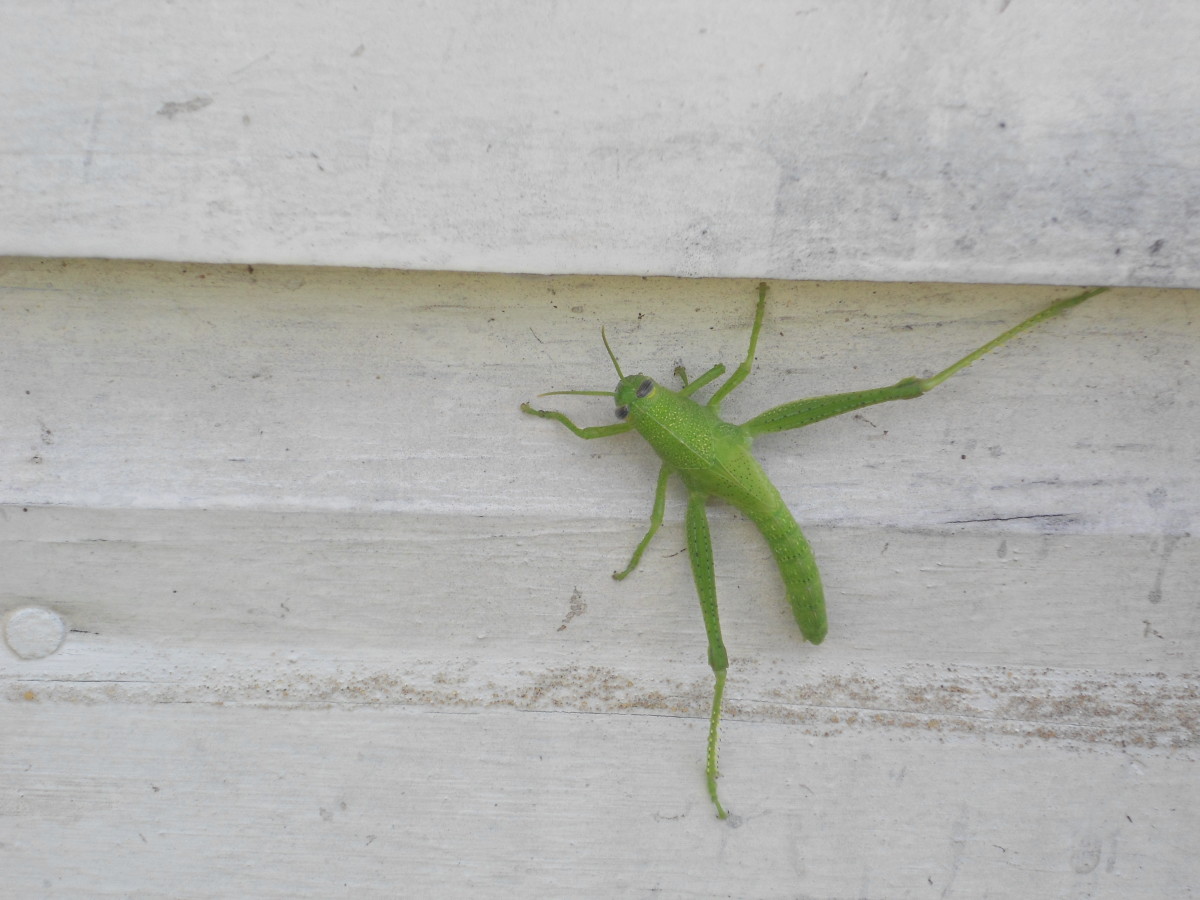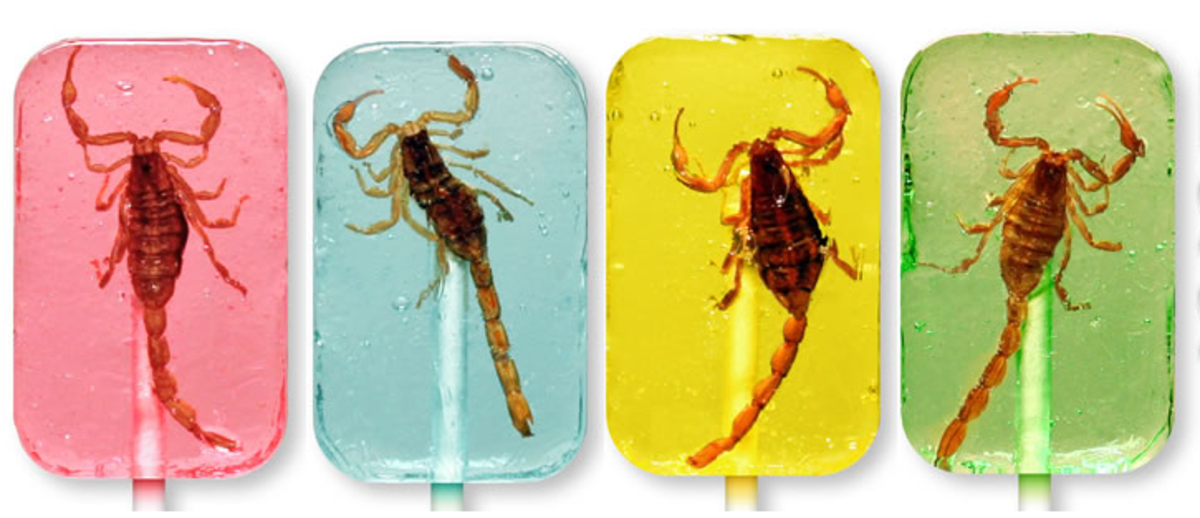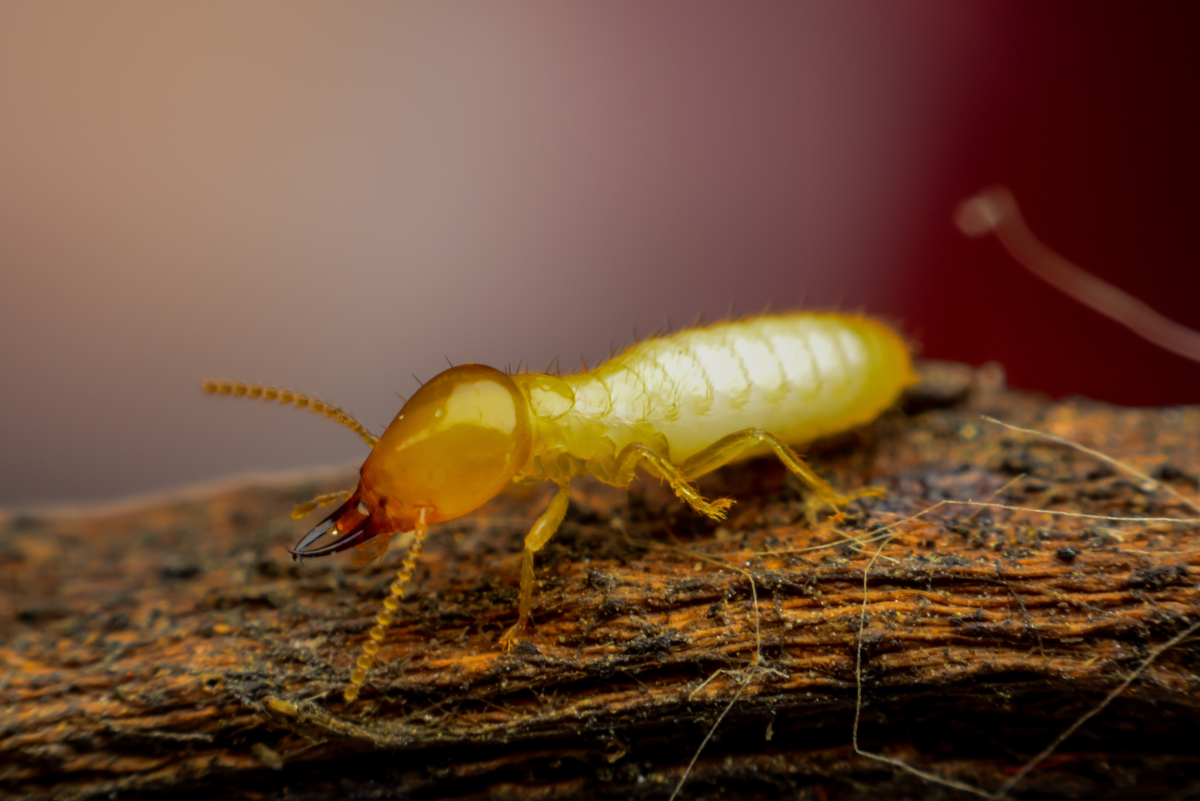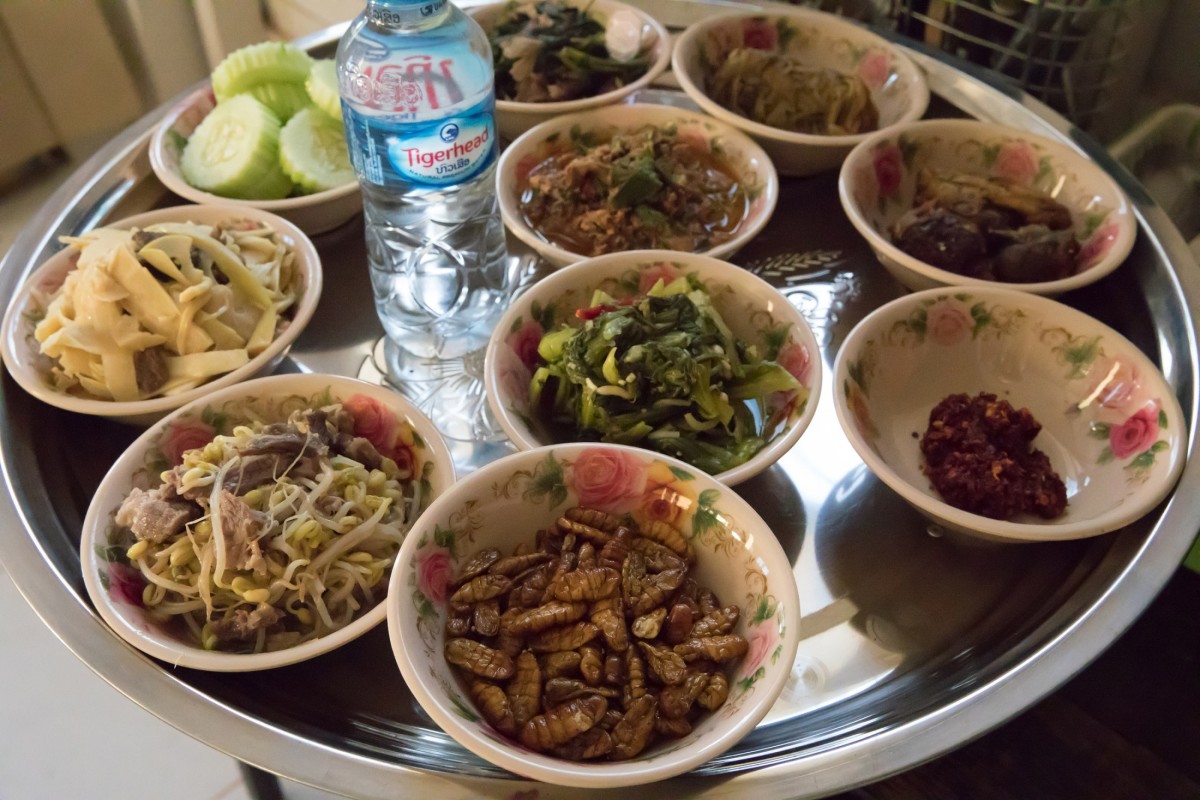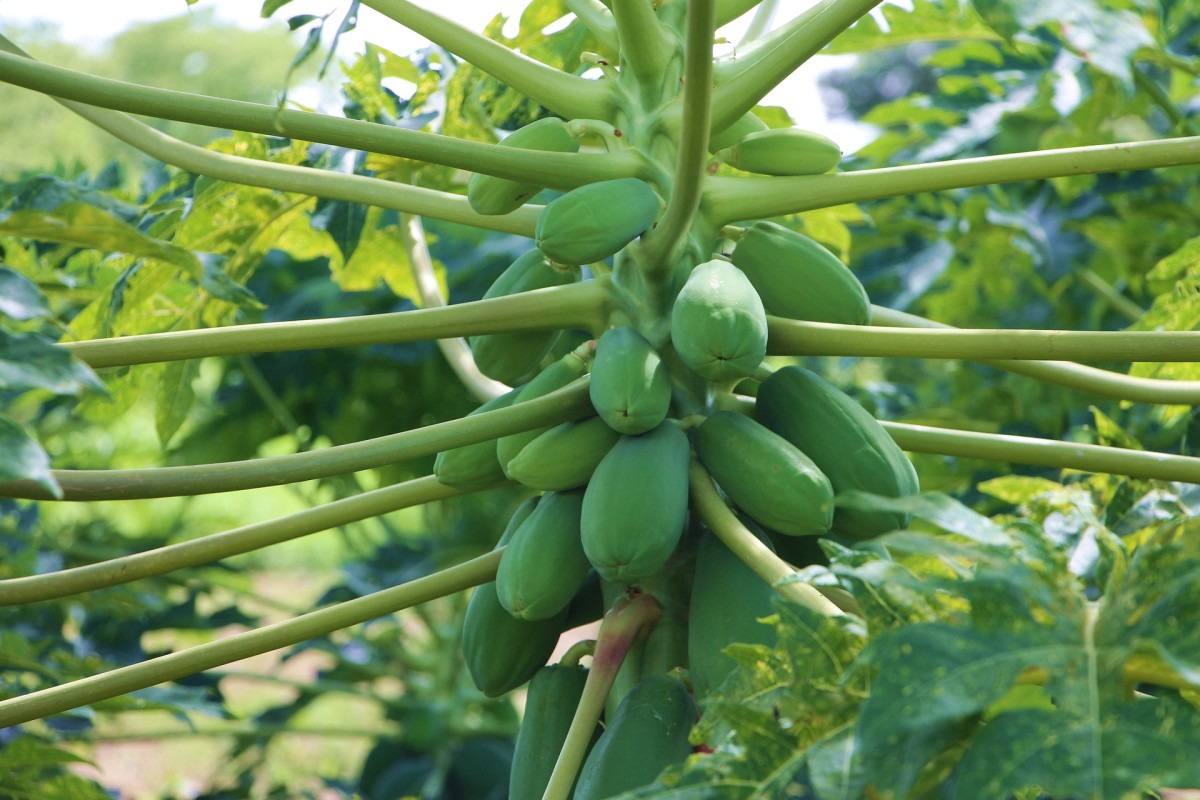Overpopulation and Eating Insects
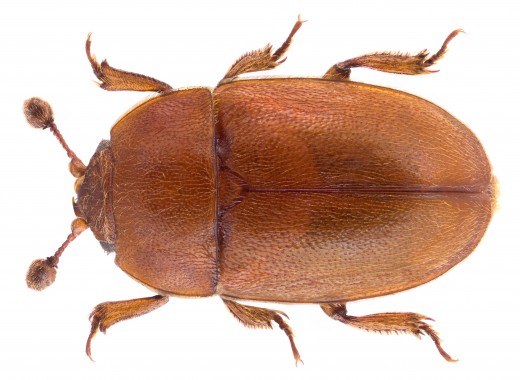
Would Eating Bugs Bug You?
You probably find the idea of chowing down on some fried crickets or sautéed water bug pretty disgusting. Chocolate dipped raisins, on the other hand, sound pretty tasty, now don’t they? Well, what if I told you there could be whole insects, insect fragments, and insect eggs in that sweet, chocolate-covered snack? In fact, all of these and more (such as rodent hairs or mammalian excreta) may be present in many of the things you eat every day in FDA allowable amounts.
You may need to take a sip of coffee while you let that sink in. Only do so knowing that the FDA also allows bugs, “insect filth,” and mold in coffee beans in levels of less than 10% (sorry!). And, now, if you think you need a gulp of something even stronger, you should be aware that there may also be up to 2,500 aphids per 10 grams of that beer.
The purpose of revealing this isn’t to convince you never to eat (or drink) again. Instead, it is to open your mind to the idea of entomophagy or eating insects. After all, you’ve already been doing it, though not by choice, and survived the experience. Are you feeling a bit more optimistic about it? Or, just a bit sick to your stomach?
You May Not Have A Choice...
It is pretty much just the western world where insects are viewed as creepy crawly things and not as a potential food source. Roughly 2 billion people include bugs as staples in their diet and have for countless generations (IFLscience.com).
From Asia to Africa to Australia to South America, people enthusiastically enjoy the taste of crickets and worms. As there are around 2,000 edible species of insects, they offer countless sweet or savory flavors and crunchy or tender textures to choose from. The most popular dishes, however, highlight beetles, bees, ants, caterpillars, and wasps.
Now, you may be wondering why this is important. Why should you care what other people eat when you’d much rather have a burger or a pork chop? Well, many experts believe that soon you will have little choice in the matter. As the world population continues to explode and each generation further demolishes available resources, life as we know it will become unsustainable without alternative food sources.
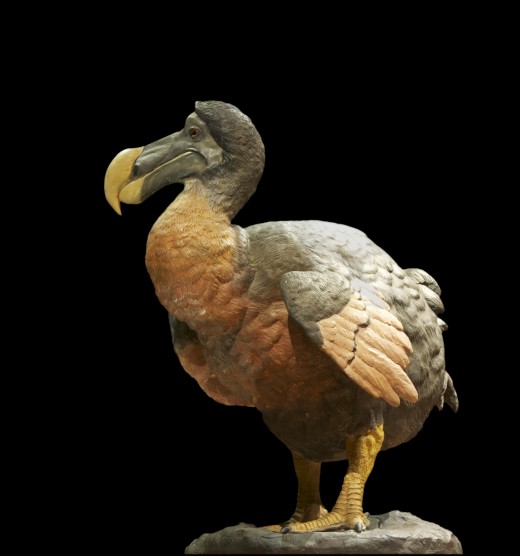
Overpopulation and Environmental Issues
The world population is nearing 8 billion people; it has doubled in a little over 40 years and grows at a rate of over 140 people every minute (worldpopulationbalance.org). Projections claim that by the year 2050, we will have 9 billion people on the planet and need to create twice the food to feed everyone.
How we are going to do this is a mystery. As we continually overfish the seas and overhunt the land, wild animals are now less than half as plentiful as they were 50 years ago. We already use 70% of available agricultural lands for livestock, and this land decreases by 75 million acres annually due to intensive farm practices, erosion, and urbanization. It is a devastating fact that soil presently erodes at rates of 10 to 40 times faster than it forms.
Climate changes or diseases may decimate an entire crop or herd. Not to mention, the machines used to process crops and livestock use lots of energy and produce considerable waste that can damage the environment and poison animals and plants. Then there's the problem of water shortages, as only 1% of Earth’s water is fresh and useable. By 2025 70% of it will be needed for the basic requirements for life. The future will require innovative new ways to meet increased demands as resources virtually vanish.

Overpopulation Solutions
This is why experts have turned their attention to the insect, or more specifically, to the farming and marketing of insects as a food source for the growing human population. Unlike typical livestock raised today, bugs are considered more sustainable, yet still a great (and some argue an even superior) nutritional option.
Compared to cows, pigs, and chickens insects require less heat and energy because they self-regulate their internal temperatures. They also utilize less land. Bug farms can easily stack insect housing vertically and in exceptionally space-effective ways not possible with other larger animals. And, not only do they need less space, but they also reproduce much more quickly and live for shorter periods of time. Thus, they provide more product faster while utilizing fewer resources. Further, insects can be fed to other animals as well as to humans.
Bugs also have a high feed to growth ratio. Crickets require only 2 kg of feed to grow 1 kg of meat. Cattle need 8kg of feed to grow the same amount. Additionally, 80% of cricket meat is edible while only 40% of beef is. This means less overall feed needs to be cultivated to support an insect population than is required currently for traditional livestock. And we can eat more of the meat that we produce.
Bugs are superior to more traditional animals in other ways as well. For instance, they can consume wastes that other animals cannot and produce less greenhouse gas. They release smaller quantities of both methane and ammonia, both of which have been linked to unfavorable climate changes. Cattle produce alarming amounts of these. As a result, cows may be responsible for devastating damage to the ozone.
Not to mention, people are much less likely to develop diseases passed on to them from an insect as opposed to a bird or mammal. This also makes bug meat safer. Especially as some argue that the abuse of antibiotics within the agricultural community has reduced the natural immunity of livestock to disease, including those that can be transferred to humans with sometimes deadly consequences.
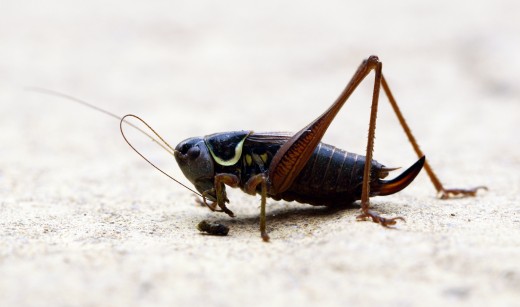
They're GREAT For You
Though small, insects pack a hefty nutritional punch. They have a high amount of fat, protein, vitamins, minerals, and fiber as well as minimal carbohydrate content. Termites are almost three-quarters protein, while other insects may be as much as 80%. Comparing crickets to beef, crickets have 205 grams of protein per kg, whereas beef has 256; not bad for a highly underappreciated 6-legged creature. Mealworms measure up to fish in their fatty omega-3 content, while easily surpassing both beef and pork. Caterpillars and locusts, with 31mg iron/100g and 20mg iron/100g respectively, have substantially more iron by weight than beef, with a mere 6mg iron/100g.
Beyond this, bugs have a lot of other things going for them as well. Insects are all-natural and mostly free of the genetic modification, hormone treatments, and antibiotic exposure that other animals often experience. They could be great additions to a paleo or ketogenic lifestyle. It is just cultural prejudices that hold back western society from enjoying a nutritious, sustainable, and environmentally-friendly bug-based meal. And remember, like it or not, you consume them already. In nearly every bite and every sip you take.
What do Insects Taste Like?
So what do they taste like, you may be wondering, when part of a real insect-themed meal, and not just as a small unintentional addition to other foods. Well, termites are minty, stink bugs have the flavor of apples, sago grubs taste of bacon, and scorpions resemble the flesh of fish. Giant water bugs are surprisingly compared to melon or salty banana, and tarantulas have similarities to crab or shrimp.
Want to try some insects and see for yourself? Throw some all-purpose cricket flour into your next batch of baked goods or chow down on freeze-dried scorpions as a crunchy snack. And, you can always give out bug-filled lollipops to your little ones as an extra-special treat. All of these and more are available for online purchase.
And by giving them a taste you just might help future generations by preserving our natural resources.
Sources
IFLSCIENCE!, (n.d.). Will We All Be Eating Insects In 50 Years? Retrieved from http://www.iflscience.com/environment/will-we-all-be-eating-insects-50-years/
Renewable Resources Coalition, 6 December, 2016. Overpopulation: The Causes, Effects and Potential Solutions. Retrieved from https://www.renewableresourcescoalition.org/overpopulation-causes-effects-solutions/
Whitman, Honor., 22 June 2016. Grub’s up! How eating insects could benefit health. Retrieved from https://www.medicalnewstoday.com/articles/311139.php

